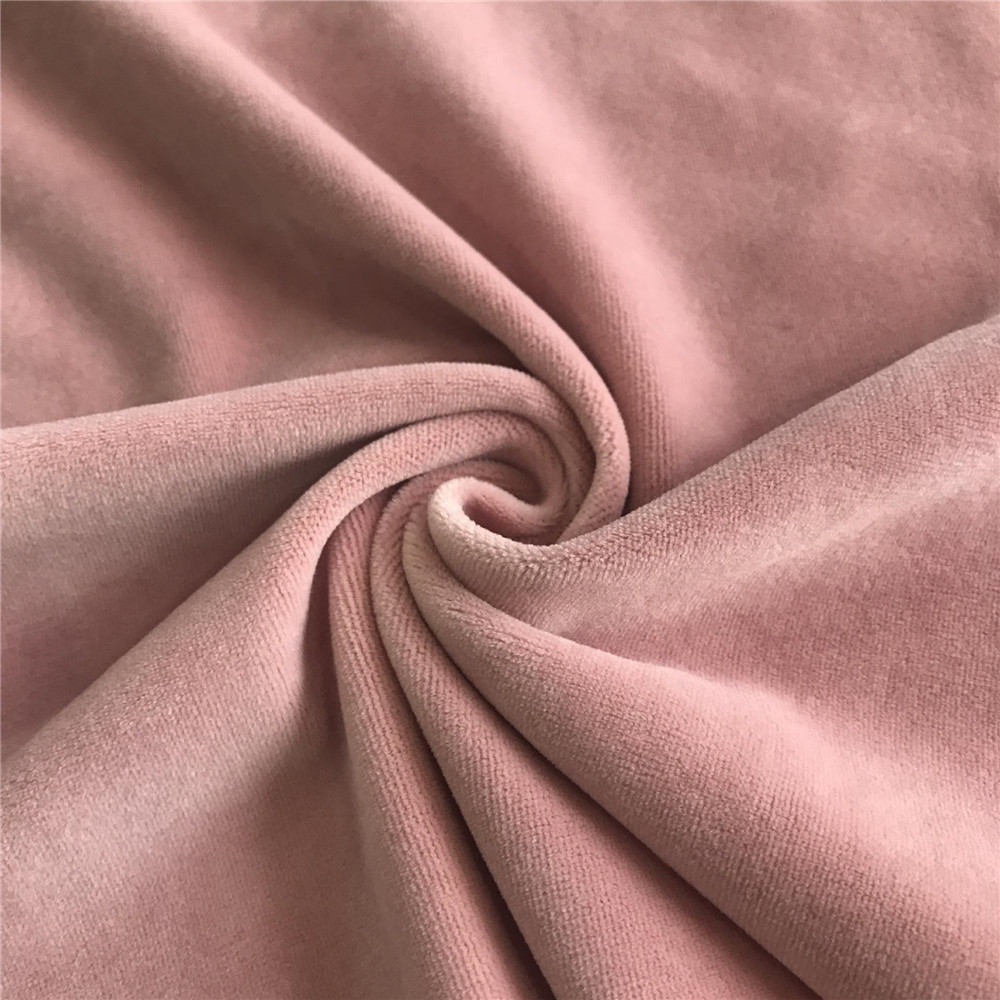Silicone softener is a compound of organic polysiloxane and polymer which is suitable for soft finishing of natural fibers such as cotton, hemp, silk, wool and human hair. It also deals with polyester, nylon and other synthetic fibers.
Silicone softeners are macromolecule comprised of a polymer backbone of alternating silicone and oxygen atoms with organic groups attached to silicon.
Silicone softener softening capability comes from the siloxane backbones flexibility and its freedom of notation along the (Si-O) bones.
Properties of silicone softener:
Good permeability.
Good resilience and wrinkle resistance.
No yellowing at high temperature.
Moisture absorption and anti-static property.
Good fastness to wash.
Great lubricating and moderately waterproof film on fabric surface.
Makes silky hand feeling.
Hydrophilic silicone softener is cationic.
Can be easily dissolved in water.
Light yellow transparent liquid.
Silicone softener application:
Silicone softener can be applied in two ways.
Padding method
Dipping method (Exhaustion method)

Advantages of silicone softener:
Provide a unique hand feeling.
High lubricity.
Good stability.
Crease recovery.
Abrasions resistance and tear strength.
Good temperature stability and durability.
Post time: Sep-16-2021

